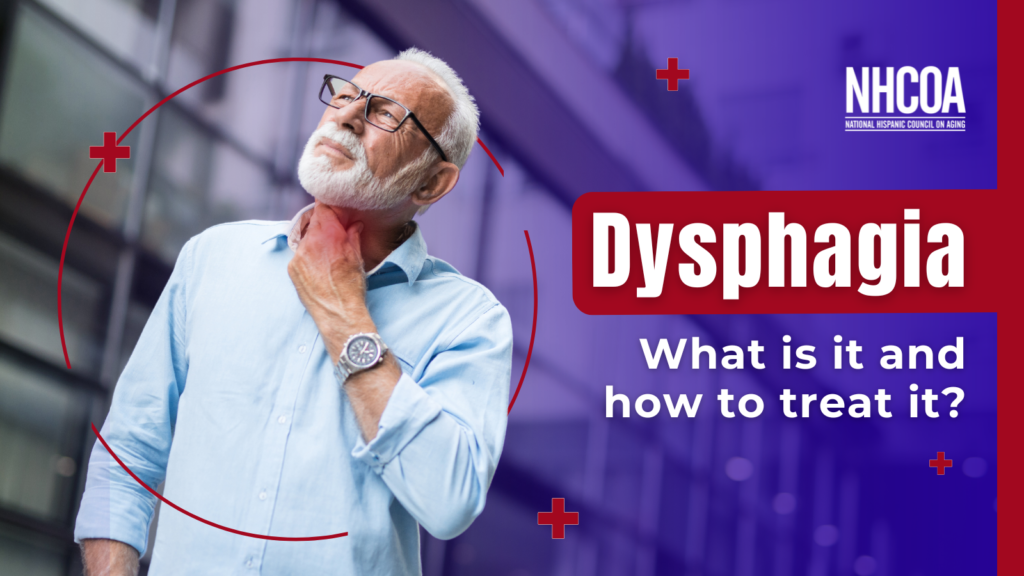
Dysphagia is the difficulty or inability to swallow solid or liquid food due to changes in the digestive system, such as decreased gastric acid production and decreased intestinal motility. It can affect anyone but is more severe in people over the age of 70 and those suffering from Alzheimer’s disease, Parkinson’s disease or senile dementia.
An important point to mention is that dysphagia in older adults not only occurs when trying to swallow, but can also occur when introducing food into the mouth, while chewing or when moving the food from the throat to the stomach.
The most common symptom is the feeling that the food is stuck or does not go down all the way. While occasional difficulty swallowing is not usually a cause for concern, persistent dysphagia can lead to more serious health problems.
If not treated in time, this condition can lead to more serious complications such as malnutrition or dehydration. Other consequences are suffocation, if the food blocks the airways; or aspiration pneumonia, which can occur if the food goes into the airways and not into the esophagus, allowing some type of bacteria to enter the lungs.
Among the most common symptoms are: drooling, retention of food in the mouth, coughing after swallowing, gurgling and a feeling of a lump in the throat.
There are different treatments for dysphagia, the most common and recommended are those focused on reducing the symptoms. Generally, treatments for dysphagia in older adults will be aimed at getting the patient to feed and hydrate effectively and safely.
With this condition, it is recommended to change to a soft or easy-to-chew diet. The texture of hard and difficult-to-swallow foods is modified, allowing digestion and absorption of nutrients.
Recommendations for feeding an older adult with dysphagia
- Make sure the older adult is awake and willing to eat.
- It is important to be in a place without distractions for the older adult, such as the TV, radio, or other people around. This will benefit the peace of mind and comfort of being able to eat the food.
- Posture is extremely important to prevent complications when eating. Having a good posture will allow food to enter correctly and minimize the risk of choking.
- Take advantage of the moments when the older adult is more rested and feeling stronger to begin the eating process.
- Keep in mind that the quantities of food are important. In these cases, a smaller spoon may be the best option for the older adult.
- It is recommended to eat smaller and more frequent meals, instead of three large meals a day.
- After each meal, it is recommended that the older adult continue to sit upright for 30 minutes to an hour to avoid reflux. Brushing the teeth after eating also reduces the risk of choking on leftover food.
- Drinking enough water can help maintain digestion and prevent dehydration. Keep in mind that when giving fluids to a person with dysphagia it is best to use thickeners or gelatin to avoid accidents.
- Taking digestive enzymes before meals can help digest food better. In these cases, it is important to be accompanied by a physician to indicate what is best for the patient.
- Talk to a physician or dietician if the difficulty in digesting food persists or worsens. It is recommended to consult a physician or dietician for possible treatments.
References:
Qué es disfagia en personas mayores – Teleasistencia
Nutricion y Cuidados del Adulto Mayor. Estudio Monografico\205 (fiapam.org)

Recent Comments